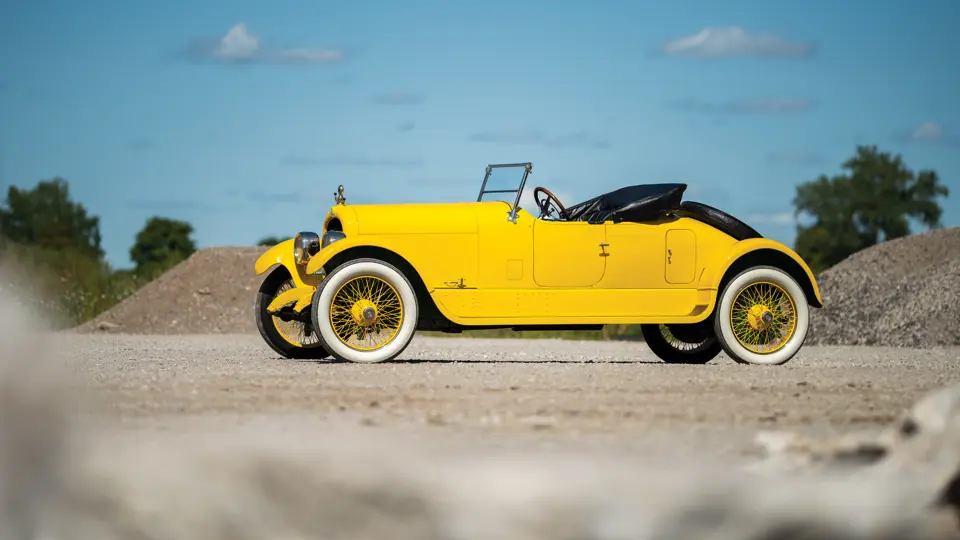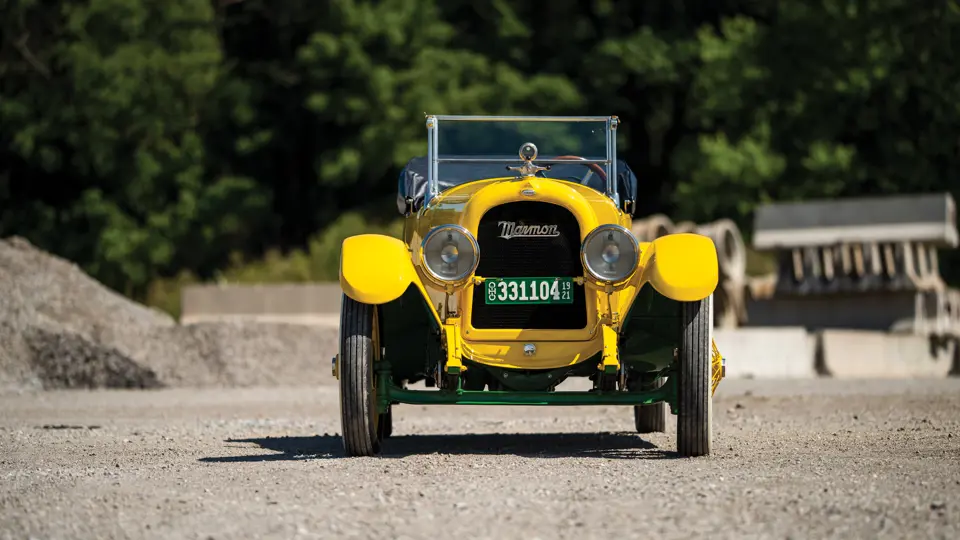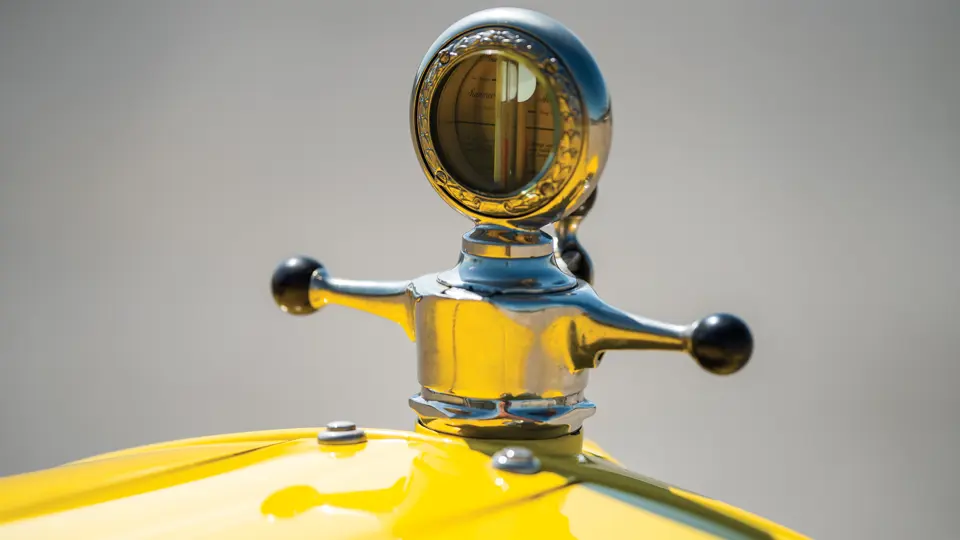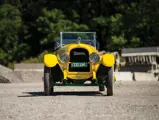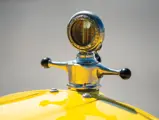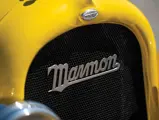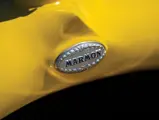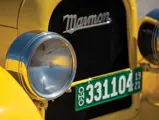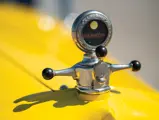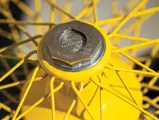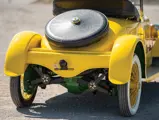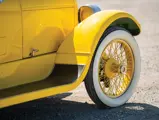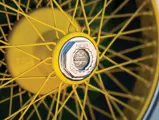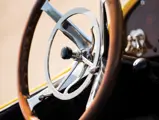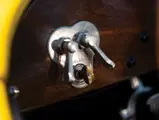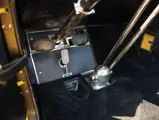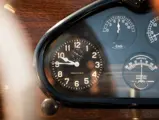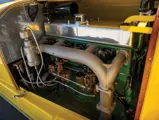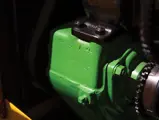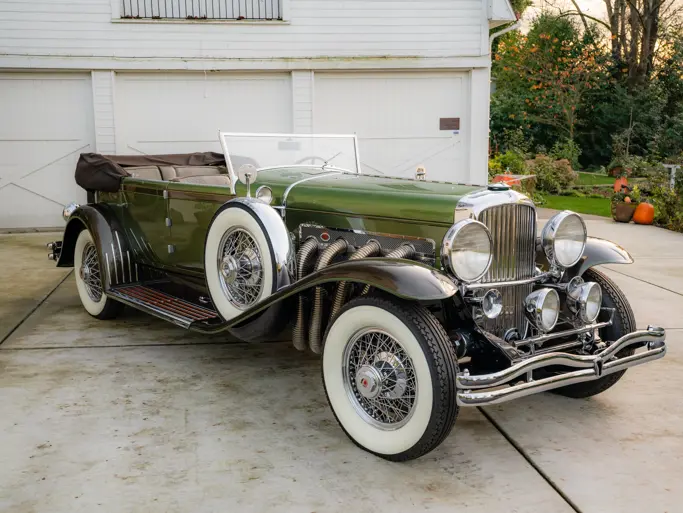
1921 Marmon Model 34 2-Passenger Speedster
{{lr.item.text}}
$115,500 USD | Sold
The Complete Collection of Jack Dunning
{{bidding.lot.reserveStatusFormatted}}
- Offered from the collection of Jack Dunning
- Similar specifications to the 1920 Indianapolis 500 Pacemaker, driven by Barney Oldfield
- Well-maintained concours restoration
- Best of Show at the 2011 IMS Celebration of Automobiles, celebrating the Indy 500’s Centenary
- Featured in numerous books and magazine articles
- A significant piece of American performance history
- Classic Car Club of America (CCCA) Full Classic
The Pacemaker at the Indianapolis 500 in 1920 was a bright yellow Marmon Model 34B Two-Passenger Speedster, the pride of Indianapolis’s most prestigious automaker, and among the most powerful, sportiest, best-engineered American automobiles available. At the wheel was none other than Barney Oldfield, the charismatic legend of early racing, remembered as the first man to reach 60 mph on an oval track; as the driver of Henry Ford’s infamous 999; as the world land speed record holder behind the wheel of the “Blitzen Benz”; and as the winner of the first race held at Indianapolis in 1909. No more appropriate Pacemaker driver could have been found, and he drove the car at a minimum of 80 mph; the polesitter, Ralph dePalma, reportedly commented afterward that the Pacesetter was the fastest automobile on the track.
Oldfield knew the advantage of publicity and, as the tale is told, recognized it in the yellow Marmon, a car built to draw attention. Following the race, he acquired it for himself and proceeded to drive it all over the United States, promoting one of his business ventures, Firestone’s line of Oldfield tires. “Firestone Tires are my only life insurance,” he boasted, not entirely untruthfully.
The car carried Oldfield all over the country; in 1922 he told the Pittsburgh Daily Post that it had carried him on four complete round trips from coast to coast before taking it to New York for the World Series. While it was garaged there, one of the chauffeurs took it for a joyride and demolished it in a 70 mph collision with a tree along Riverside Drive. “That car was so good a ‘pal’ of mine, and there was [so] close a relationship between that car and myself that if it had not been for this accident, you could not have sold me another one,” Oldfield mourned.
Jack Dunning has long believed that his own Two-Passenger Speedster, only the third produced, carrying serial number 0003, was produced to identical specifications to the Pacesetter, perhaps for a member of the Marmon family. He acquired the car in the early 1990s from a gentleman near Uniontown, Pennsylvania—somewhat remarkably, through an ad in a local used-car marketplace magazine. Former owners included Wenzel Vockel, who registered the car with the AACA in 1961. In inspecting his acquisition, Mr. Dunning found that the engine had been “souped up” with two aircraft-type carburetors, on unique manifolds, as well as with twin ignition. All of the work was very professionally done and is believed to have been done by the factory; Mr. Dunning believes that similar modifications were likely done to the doomed Pacesetter. The car was restored with these modifications by Mr. Dunning’s trusted restorer, Ed Cobb of Washington Court House, Ohio.
Today its restoration is well preserved and the show career long and successful. It achieved its AACA Senior First Prize at Hagerstown in 1995. Its crowning glory, perhaps, was its appearance at the 2011 Indianapolis Motor Speedway Celebration of Automobiles, recognizing the centenary of the 500. There, at the very track on which its sibling ran over nine decades prior, the Dunning speedster was justly awarded Best of Show. That year it was also a Class Award winner at the CCCA Museum Experience at Hickory Corners, Michigan. Because of its significance, the Marmon was photographed by noted automotive journalist Dennis Adler. It appeared in the November 1993 issue of Car Collector magazine and in Mr. Adler’s books, Speed & Luxury: The Great Cars and The Art of the Automobile—the latter recognizing it as one of the 100 most beautiful and significant automobiles.
The Marmon Model 34B was a fast car, likely much faster than this aptly named speedster—a true American Jazz Age sports car, bred for Indianapolis and every bit as exciting as Barney Oldfield could have wished for.
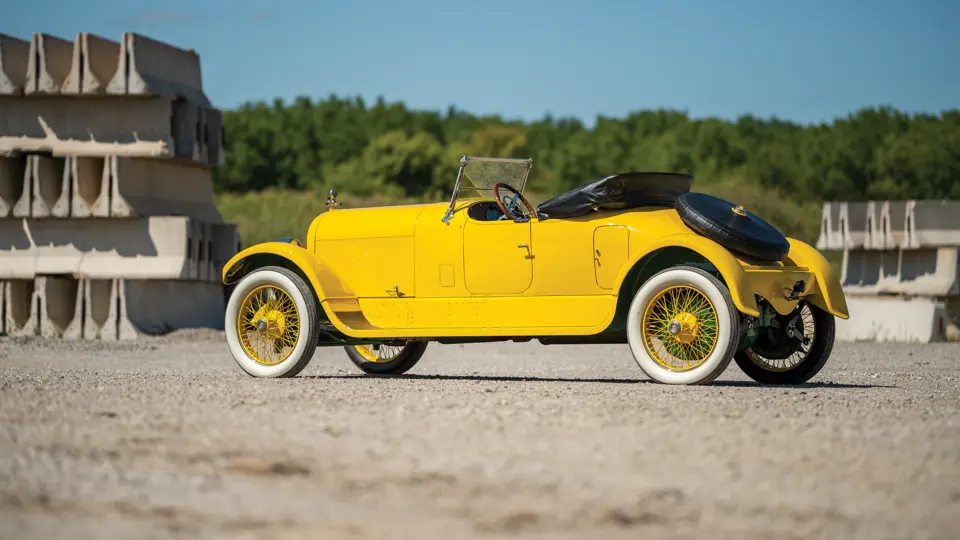



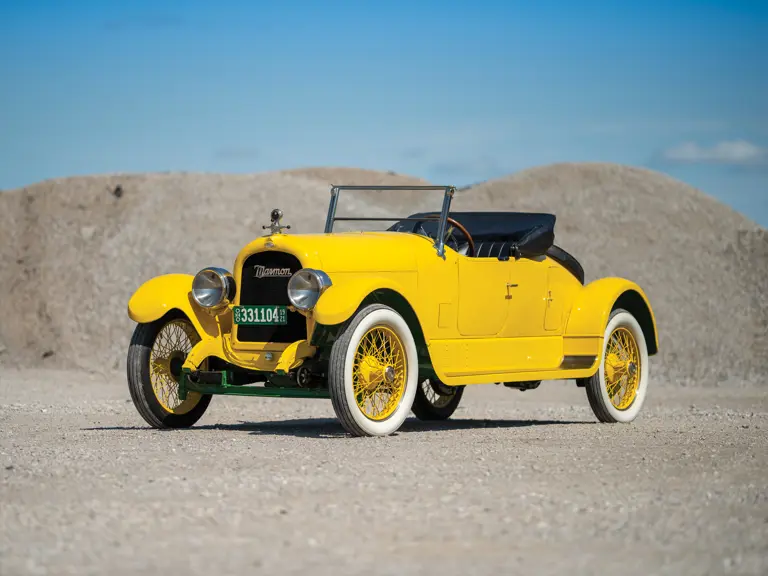
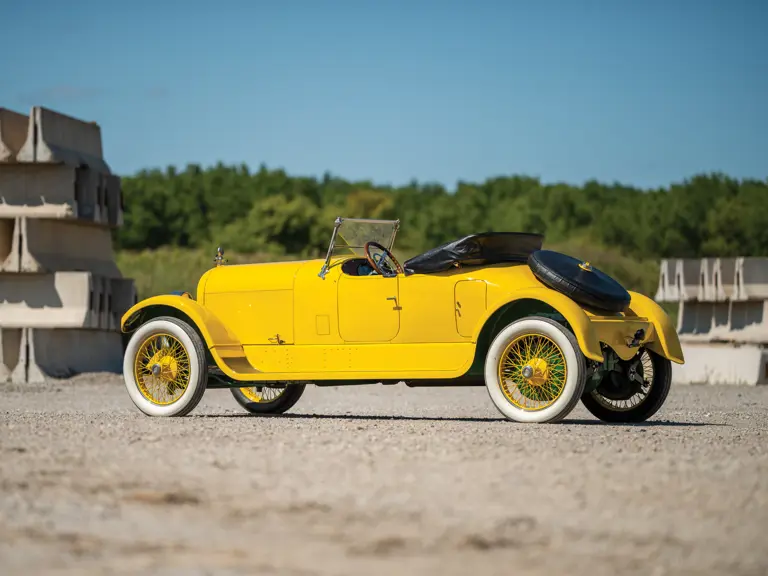
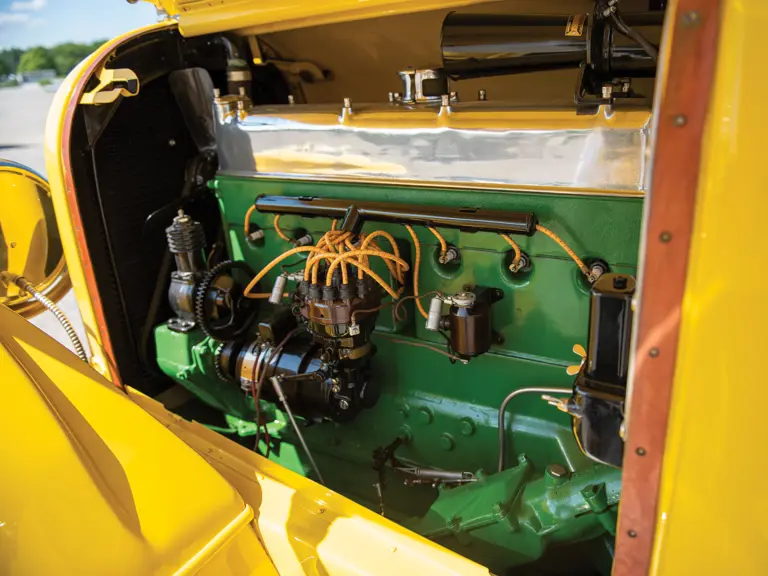
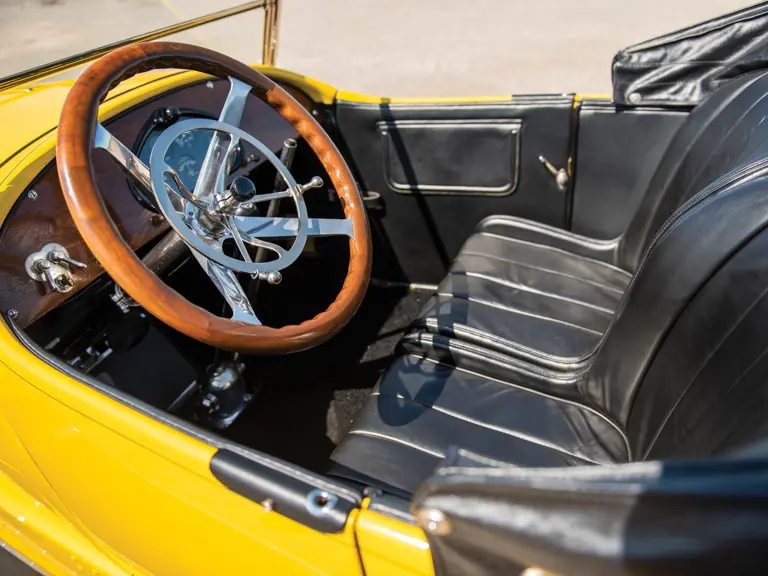
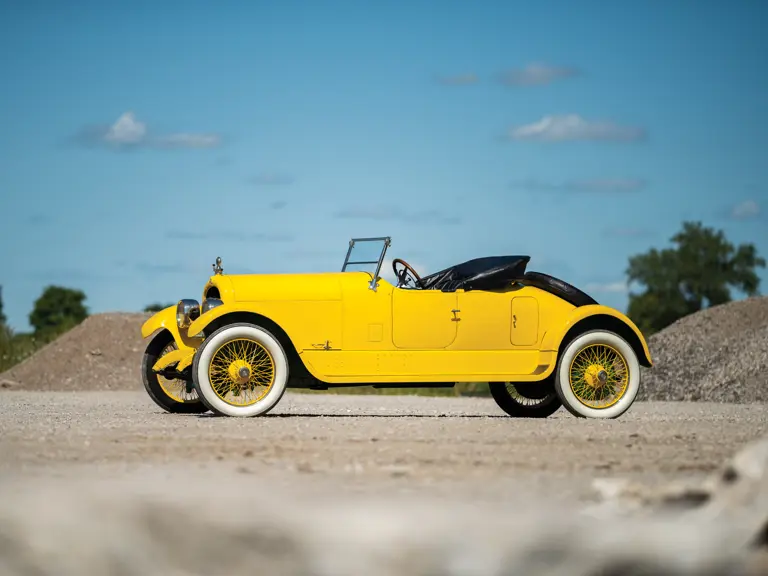
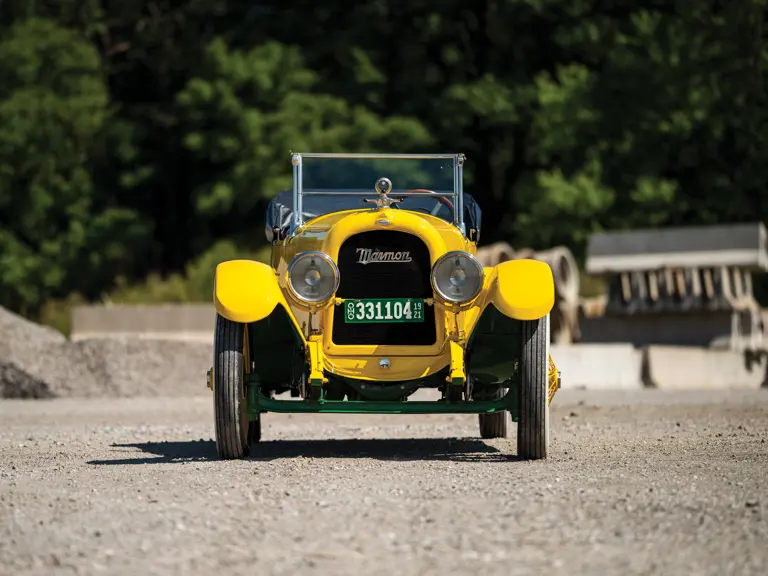

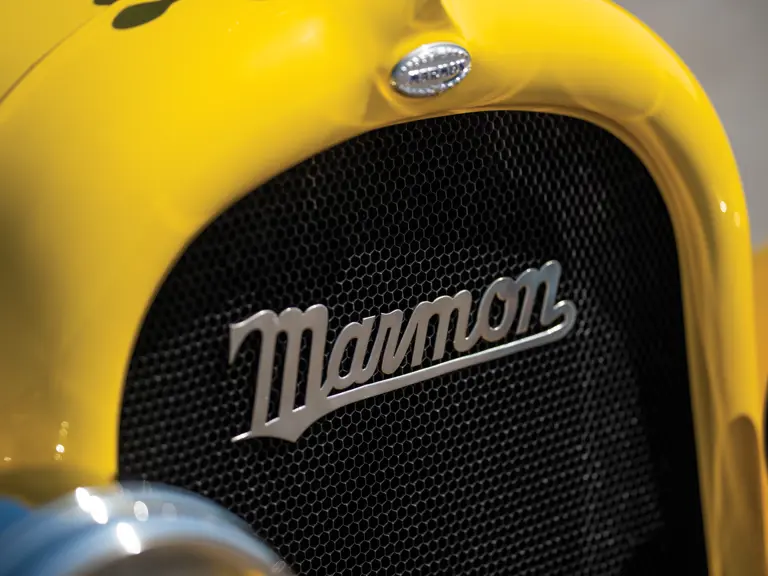
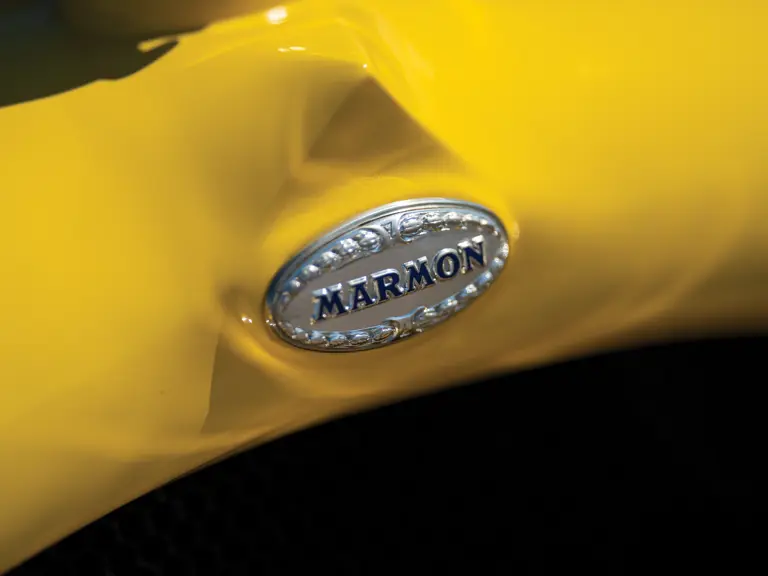
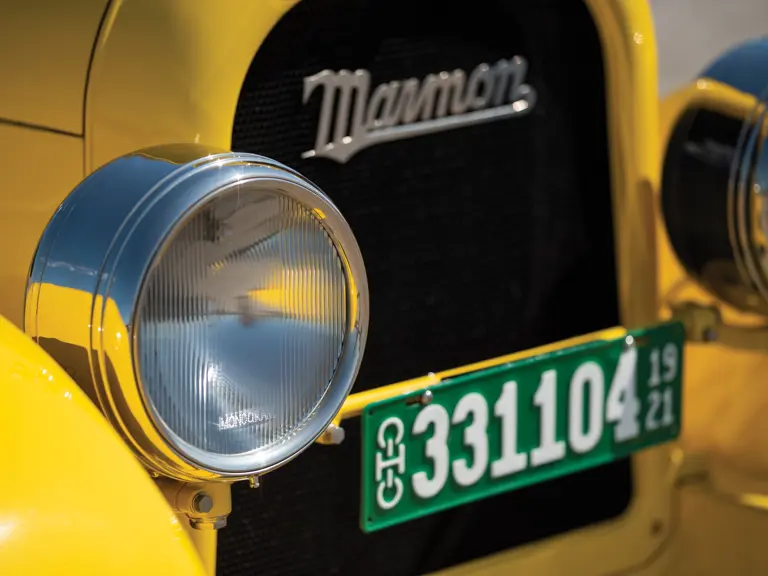
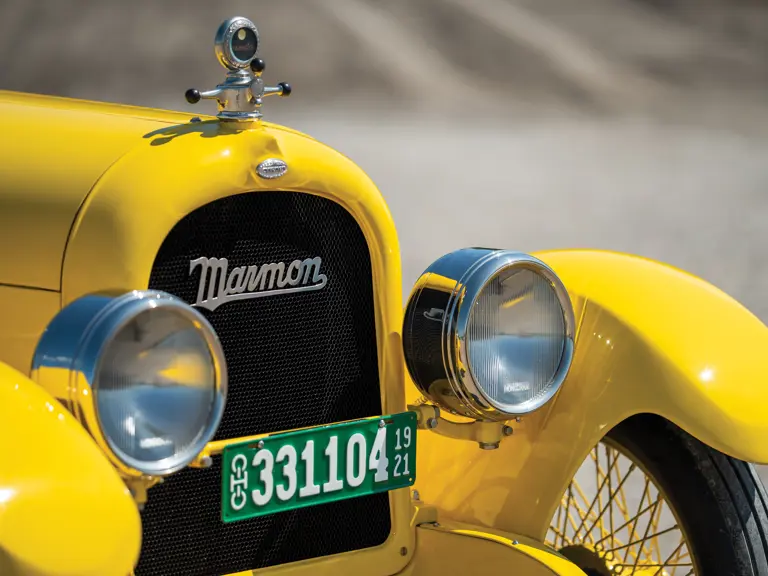
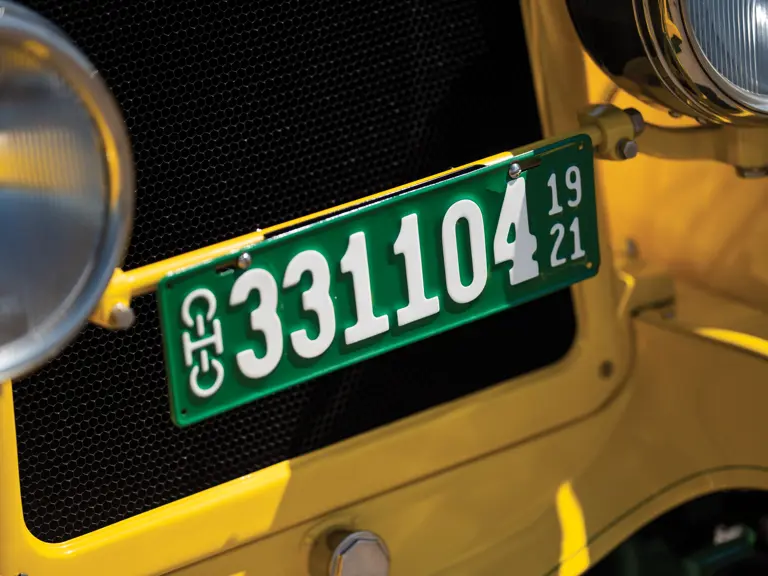
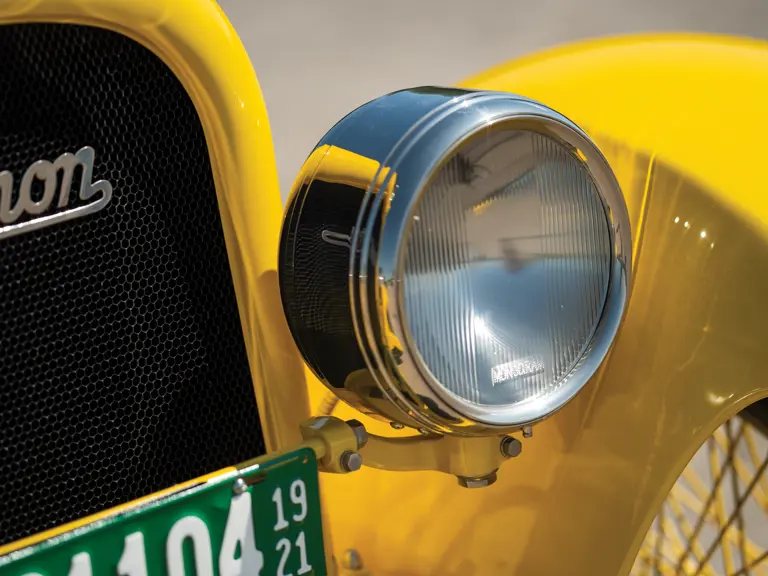
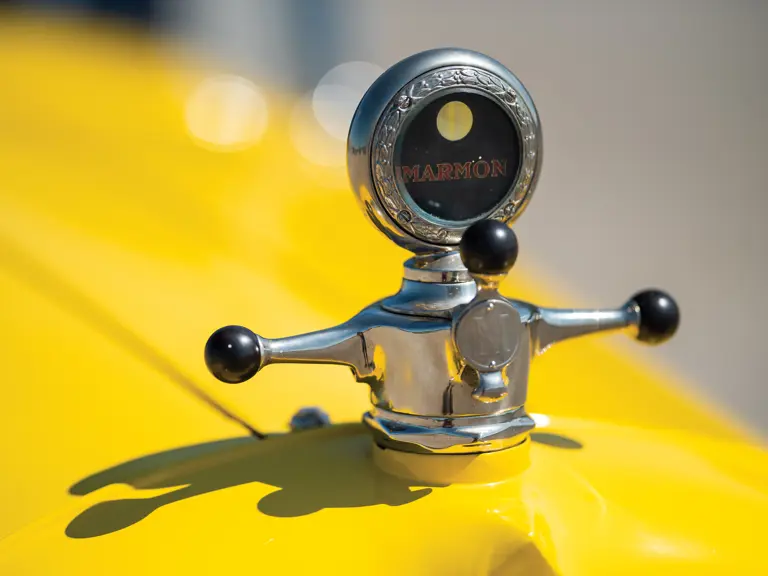

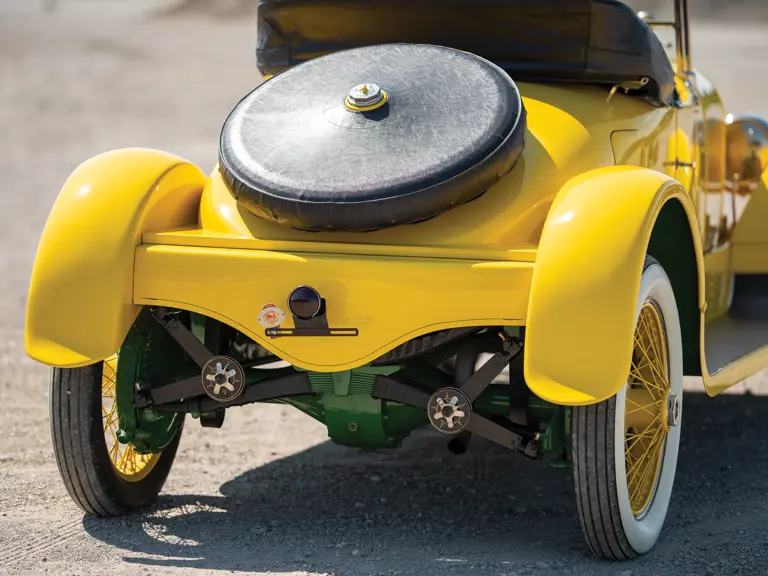
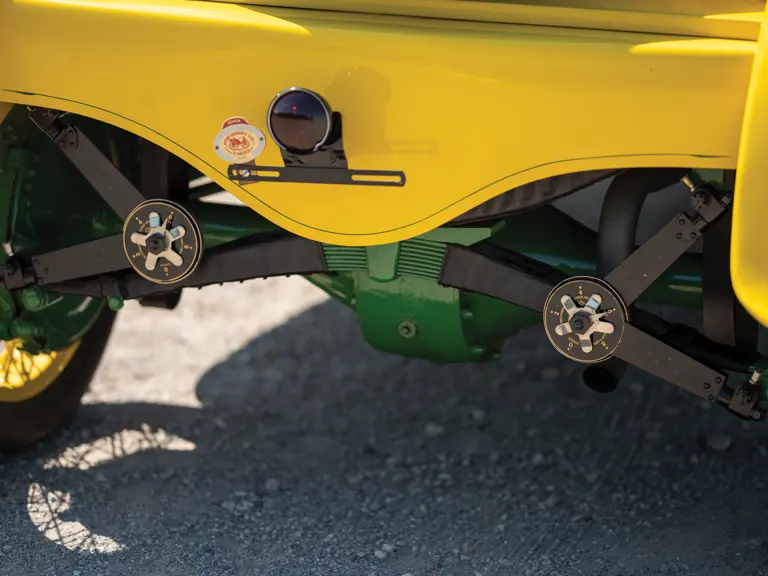

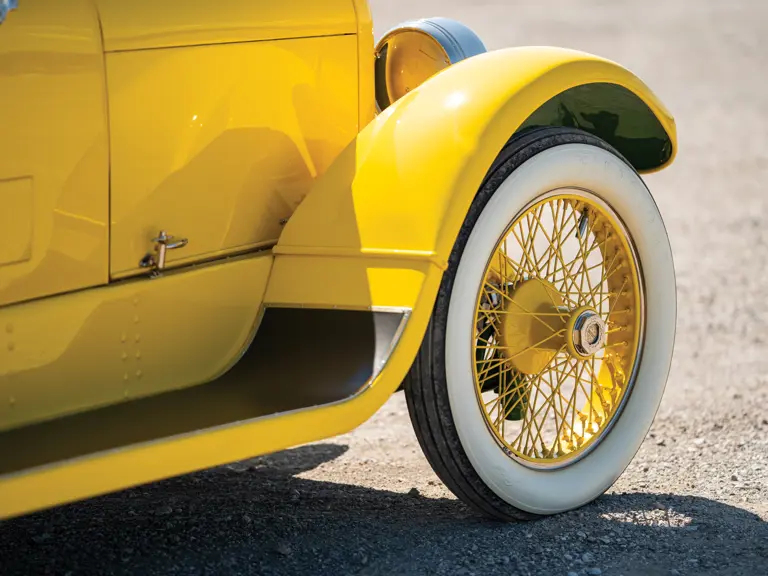
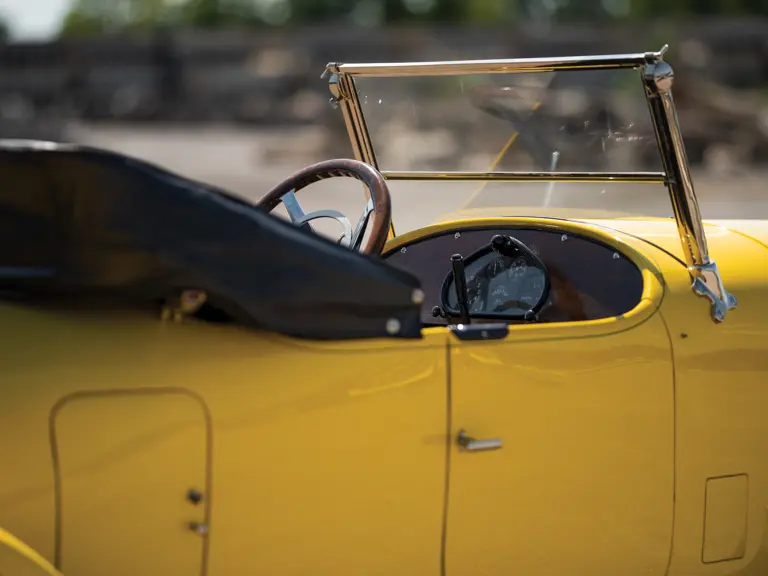
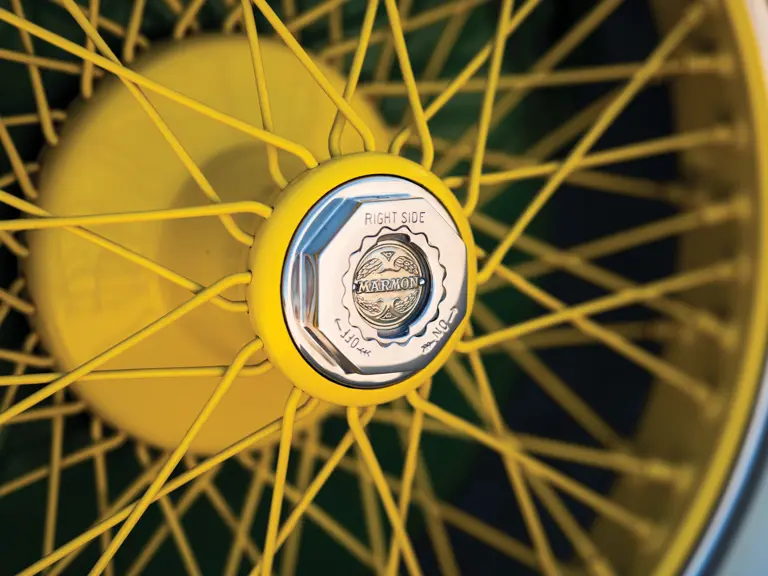
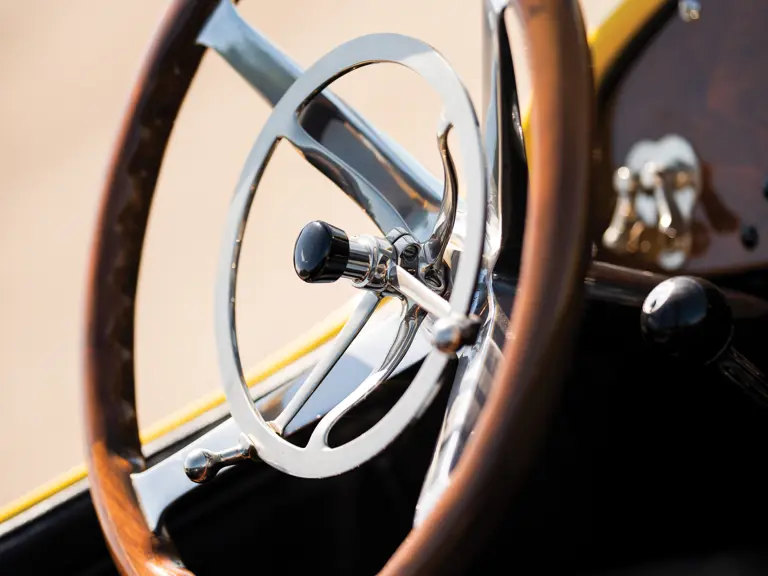
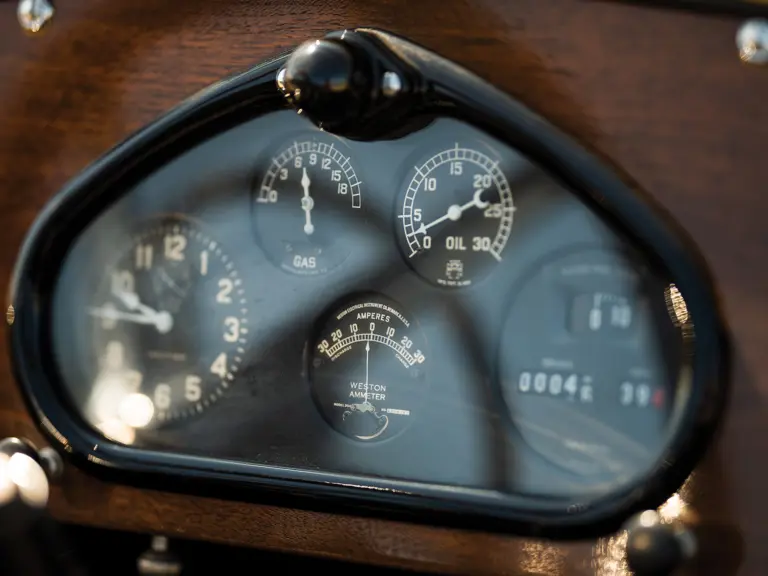
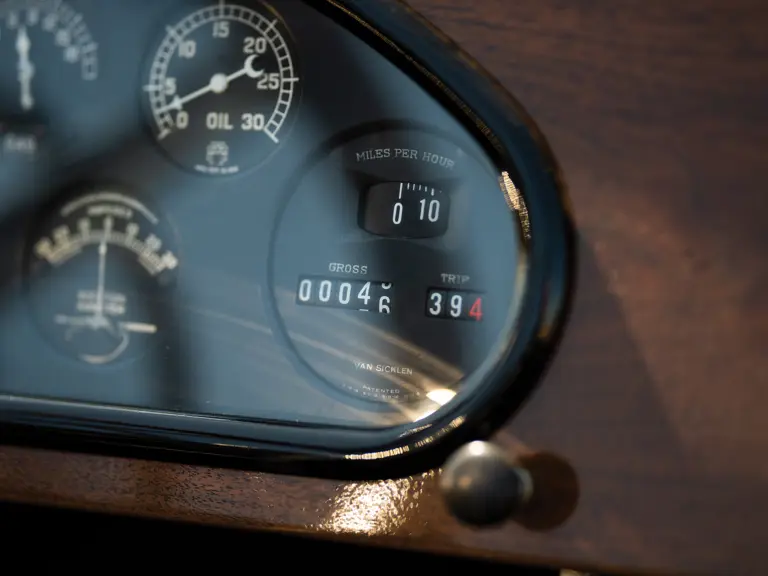



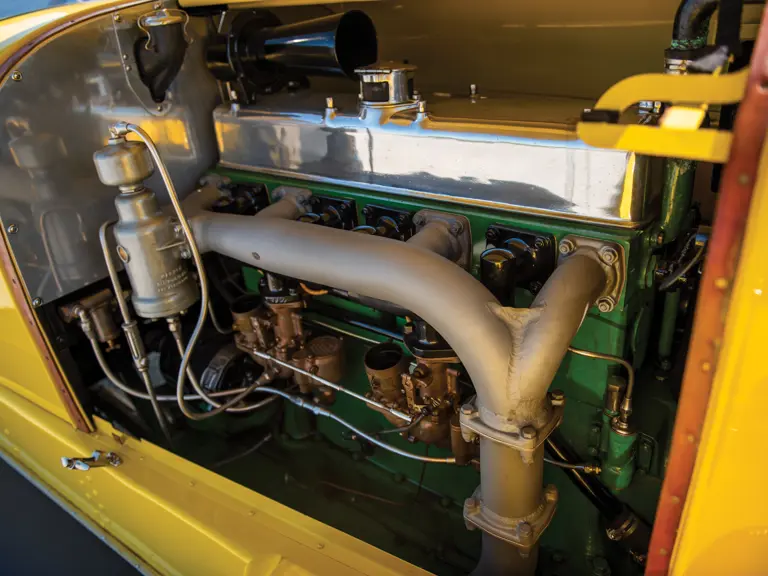
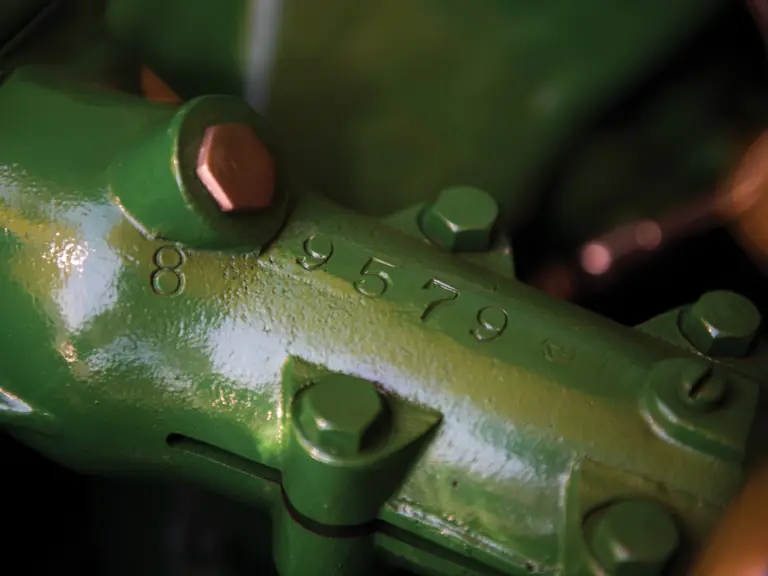
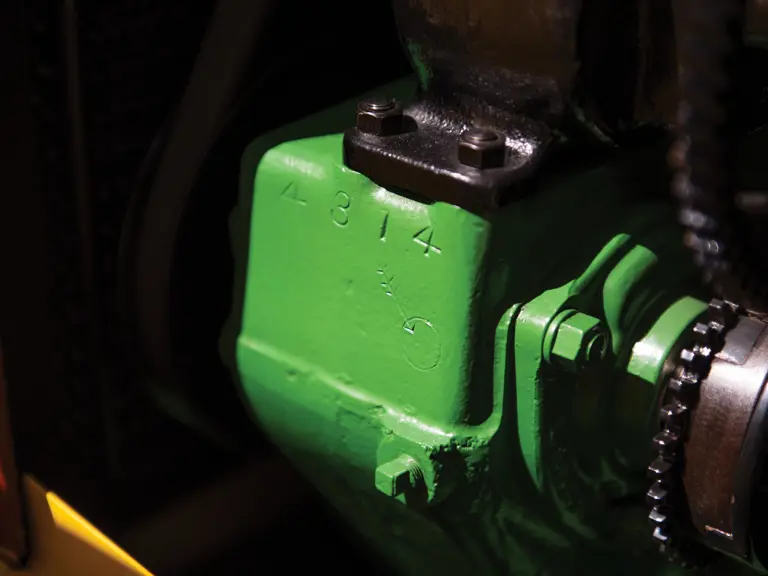
 | Hershey, Pennsylvania
| Hershey, Pennsylvania
